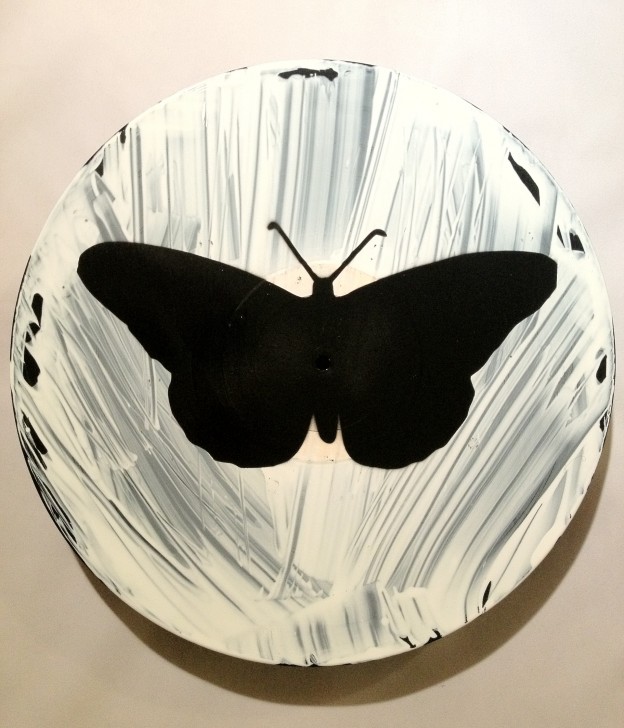You know the scenario: you’re stuck in a meeting at the office with someone rambling on and on until you just want to interrupt by screaming: “I could be painting!” But as that wouldn’t be a wise career move, what can you do to benefit your painting while at work? Each of these tips works at stimulating the creative side of your brain and keep you thinking about painting during the day.
Painting Tip 1: Create a Stimulating Environment
Put up as many visually stimulating items as you can for inspiration. If you’re working for a relaxed corporation, there’s lots of scope, from posters of your favorite paintings and art screensaver to a pinboard for items that you find visually stimulating, including postcards, photos torn out of magazines, printouts from the web, feathers, autumn leaves… Even in the most rigid of corporate identities you should be able to smuggle in art in small ways, such as a mug with a painting on it or a small calendar displaying great paintings.
Painting Tip 2: Doodle
Doodling can be regarded as your artistic side expressing itself while you mind is occupied elsewhere. The symbols or objects you create when doodling vary enormously from person to person and interpreting them can be fun. Keep a pen and pad next to the phone and pick up the pen whenever you answer the phone — you never know when it’s going to turn into a long-winded call. Take a pen and pad along to meetings (a notebook with small pages works well as you can regularly turn over to a fresh page so it doesn’t seem like you’ve been doodling quite as much as you have).
Painting Tip 3: Practice Your Tones
This is another great one for meetings and will be less likely to attract the attention of your boss than doodling. Take a pencil and draw a gradated scale of tones, from dark to light (or light to dark), seeing how many distinctive tones you can create (you should be able to get at least 10 with a pencil). You may find it easier initially if you lightly draw a series of blocks in which to create the individual tones.
Painting Tip 4: Think Negative
Or rather, think about negative spaces. These are the spaces between objects or parts of an object, or around it. For example the ‘hole’ left by the handle on a coffee mug. Spend time looking at these spaces and mentally trace the shapes they create. Negative space is very useful when confronted with ‘difficult’ subjects as by first drawing the negative spaces you build up a strong basic form on which you can then work further.
Painting Tip 5: Create a Blind Contour Drawing
A blind contour drawing is a drawing made without looking at the piece of paper or picking up your pencil. You keep your eye on what you’re drawing and move your pencil or pen across the paper as your eye moves across the outline of the subject. Draw your hand, your computer, a colleague at their desk. Be adventurous and go around the whole room drawing everyone and every bit of furniture. Do it quickly and without worrying about the finished result — it’s about observation, not the final art.
Painting Tip 6: Identify Colors
Start looking at things with the colors and pigments on your palette in mind. Try and identify specific colors, or mixes of colors, you see. So, it’s not just a blue folder, but a cobalt blue one. It’s not just a dubious brown office partition, but one that could be recreated in paint by a titanium buff undercoat with burnt umber speckled on top. Is it a blueish red or a orangery-red in-tray. And so on.
Painting Tip 7: Paint in Your Imagination
You can’t set up your easel and canvas next to your desk, but you can set it up in your mind and think through the steps in a painting. While the subjects available may not be anything you’d want to paint for real (such as ‘Still life with stapler and scissors’) the exercise of thinking through the stages of such a painting and mentally painting it is good practice. Work your imaginary brush around the surfaces, add in the shadows and highlights, mix your colors. One great advantage is that you never have to wait for the paint to dry!

Leave a Reply
You must be logged in to post a comment.